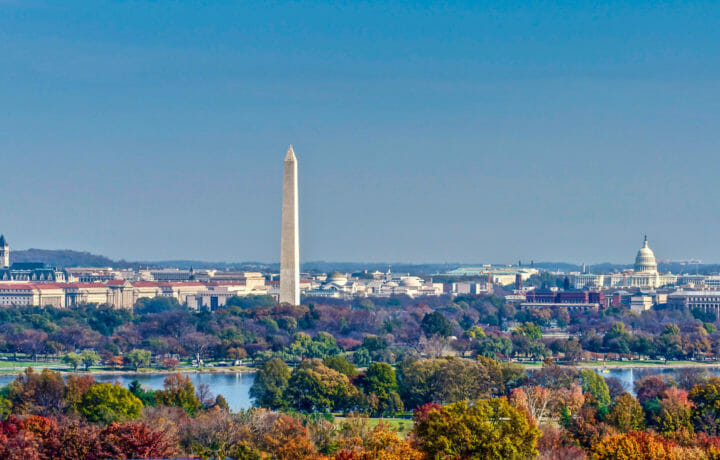I’ve had the pleasure of recruiting for the GovCon industry for a number of years, and still work in the space via ClearanceJobs. It’s high highs, and real low lows, but can be extremely rewarding when you get a secret squirrel an exciting job, win that big contract you supported the proposal effort for, or see your efforts in national security make real impacts for the country at large.
How Recruiting for Government Contracting Differs from Traditional Talent Acquisition
Recruiting in the government contracting space presents a unique set of challenges and expectations that set it apart from traditional talent acquisition roles in the private sector. Whether you’re new to federal contracting or a seasoned recruiter, understanding these key differences is essential for success.
1. Clearance Requirements
One of the most distinct aspects of government contracting recruitment is the need to find candidates with active security clearances. Roles often require Secret, Top Secret, or TS/SCI clearances, which limits the talent pool significantly. Unlike private-sector hiring, you can’t always hire based on potential or trainability—candidates must meet clearance requirements up front.
2. Compliance and Regulations
Recruiting for government contracts involves strict compliance with federal regulations, including OFCCP guidelines, EEO laws, and contract-specific stipulations. Recruiters must understand how to navigate FAR (Federal Acquisition Regulation) clauses, adhere to government-mandated job posting requirements, and maintain documentation for audits.
3. Contract-Driven Hiring
Unlike corporate recruiting, where hiring can be more flexible, government contracting recruitment is often driven by contract awards, proposals, and task orders. Recruiters frequently engage in “contingent hiring,” identifying talent ahead of a contract award. Timing is critical, and recruiters must balance pipeline development with contractual timelines.
4. Position Classification and Rates
Job titles and responsibilities in government contracts often follow standardized labor categories. Recruiters must be familiar with position classifications from sources like the Department of Labor’s SCA or GSA schedules. Additionally, salary ranges and labor rates are often predetermined by contracts, limiting negotiation flexibility.
5. Client and Prime/Sub Relationships
Recruiters in the government space often work within a complex network of prime contractors, subcontractors, and government clients. This adds layers to the hiring process, including alignment with teaming agreements, coordination with multiple stakeholders, and sometimes adhering to customer interviews and approvals.
6. Documentation and Vetting
Government contracting requires detailed documentation throughout the hiring process. Recruiters need to track clearance status, citizenship, work authorization, and sometimes even resume formatting per government submission standards. Vetting is rigorous and leaves little room for shortcuts.
7. Long-Term Talent Strategy
Given the cyclical nature of contracts, government recruiters often maintain long-term relationships with cleared talent. Building and maintaining a bench of pre-vetted, interested candidates is just as important as filling active roles. Relationship building and candidate nurturing are key differentiators.
Government contracting recruitment is a strategic, compliance-heavy field that demands precision, foresight, and a deep understanding of federal hiring standards. While it shares common ground with private-sector talent acquisition, the stakes, structures, and standards make it a distinct discipline. For recruiters who enjoy complexity and purpose-driven work, it offers a challenging but rewarding career path.



